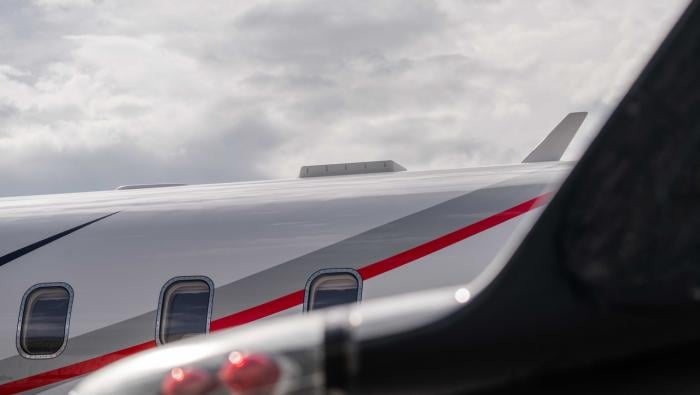Most maintainers believe that the aviation industry focuses on the flight 99.9 percent of the time, allotting the remaining 0.1 percent for the other aviation specialties. While those numbers certainly are exaggerated, the reality is that flight-deck issues receive much more attention than any other. That could be because pilot error is the number-one cause of aircraft accidents today. In an effort to arrest these errors, the FAA and Flight Safety Foundation have tried to use technology and training to reduce the trends in CFIT and to increase the use of checklists. Other groups are focusing their efforts on other areas to improve the professionalism of the pilot community.
Despite the fact that it seems to recognize the problems, the industry has not made the same effort for aircraft maintenance and delays action, shying away from the effort necessary to develop a meaningful correction. I hear from mechanics constantly that maintenance manuals cry out for attention. Although there is a requirement in the FARs that Instructions for Continued Airworthiness be provided with every aircraft, the FAA aircraft certification branch has never made any effort to ensure the manuals provided deliver the required information in a manner that is accurate and easy to understand. The FAA takes a different view of the flight procedures manuals, validating and verifying every procedure. I would like to see some of that effort spent on the maintenance manual.
I have a difficult time putting into words the pain I felt while working for the Safety Board when we discovered poorly written or developed procedures that led someone to make a mistake. Worse, the manufacturer or operator defended the procedure by implying the mechanic was at fault. For example, on Jan. 8, 2003, a Beech 1900 crashed in Charlotte, N.C., shortly after takeoff, killing all on board. The NTSB cited the maintenance procedures relating to the rigging as a contributing factor. Later that year we lost a Beech 1900 in an accident on Cape Cod, Mass., involving a similar problem.
In the four years since these accidents the FAA has not required any improvements in the latest certified aircraft, let alone required a review of the in-service aircraft. Surely the least we can do is not add to the list any more aircraft with inadequate maintenance manuals. During a recent FAA-sponsored symposium, several panelists mentioned the maintenance manual issue as something that needs to be addressed.
There may now be a glimmer of hope for improvement in maintenance training. The focus at manufacturer annual safety standdowns has been on the flight deck thus far, but this year Bombardier included maintainers (albeit with participation limited to about 40 people). Those who attended appear to have liked the format and are asking PAMA to help organize the event for next year. That is good news for maintenance technicians, as we will have a forum to raise and address the issues involving that aircraft manufacturer. It is a step in the right direction. Now we must work to make this effort successful and encourage other manufacturers to do something similar. PAMA is the right organization to help lead this effort.
More on TAG/AMI
There’s no shortage of opinions on the FAA’s campaign against TAG/AMI. (To see how AIN readers view the TAG/AMI situation, see Letters on page 92.) What follows are my opinions, and not necessarily those of this magazine.
TAG Aviation Holding will pay a $10 million fine and will not contest the revocation of AMI’s operating certificate. From my years at the NTSB I recognized the names of the attorneys representing TAG/AMI as among the best in the country for anyone with an aviation problem. Their response to the first order of suspension was quite interesting in the way it was structured, and I was looking forward to reading their response to the order of revocation. But that was not to be.
The record-setting civil penalty was possibly a negotiated amount, and TAG received some consideration from other action against it or its customers/partners. It was only a few weeks ago that many in the industry were blasting the agency for taking action against TAG/AMI, and now we see that company apparently cutting and running from the issues raised. My guess is that the FAA must have had the goods on that operation as TAG’s attorneys certainly would have been able to mount a serious defense. I really wish they had filed an appeal as I would have been intrigued by the responses.
Many of us are quick to criticize the FAA or its attorneys for taking legal action, but sometimes they do get it right, and this looks like one of those times.
I wish we could see all of the material developed by the FAA that made TAG/AMI believe that $10 million was a fair price to pay to extract itself from the mess.







